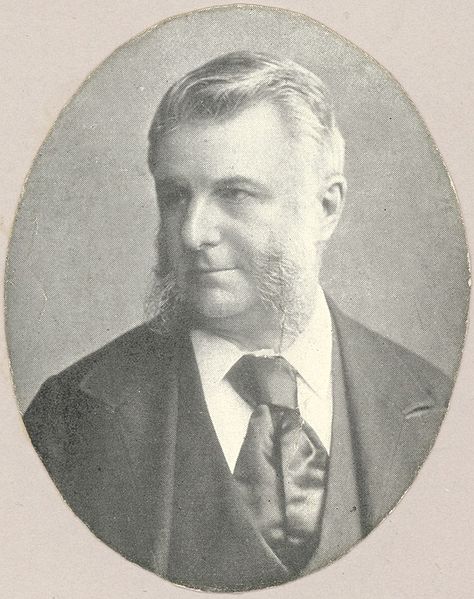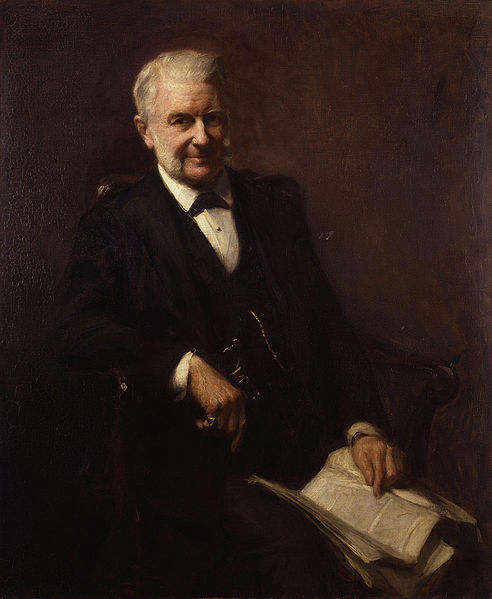<Back to Index>
- Chemist Sir Frederick Augustus Abel, 1827
- Painter Jean Baptiste Camille Corot, 1796
- Shahanshah of Persia Shah Ismail I, 1487


Sir Frederick Augustus Abel, 1st Baronet FRS (17 July 1827 – 6 September 1902) was an English chemist.
Born in London, Abel studied chemistry for six years under A.W. von Hofmann at the Royal College of Chemistry, then became professor of chemistry at the Royal Military Academy, Woolwich in 1851, and three years later was appointed chemist to the War Department and chemical referee to the government. During his tenure of this office, which lasted until 1888, he carried out a large amount of work in connection with the chemistry of explosives. One of the most important of his investigations had to do with the manufacture of guncotton, and he developed a process, consisting essentially of reducing the nitrated cotton to fine pulp, which enabled it to be safely manufactured and at the same time yielded the product in a form that increased its usefulness.
This work to an important extent prepared the way for the "smokeless powders" which came into general use towards the end of the 19th century; cordite, the type adopted by the British government in 1891, was invented jointly by him and Sir James Dewar. He and Dewar were unsuccessfully sued by Alfred Nobel over infringement of Nobel's patent for a similar explosive called ballistite, the case finally being resolved in the House of Lords in 1895. He also extensively researched the behaviour of black powder when ignited, with the Scottish physicist Sir Andrew Noble. At the request of the British government, he devised the Abel test, a means of determining the flash point of petroleum products. His first instrument, the open-test apparatus, was specified in an Act of Parliament in 1868 for officially specifying petroleum products. It was superseded in August 1879 by the much more reliable Abel close-test instrument. Under the leadership of Sir Frederick Abel, first, Guncotton was developed at Waltham Abbey Royal Gunpowder Mills, patented in 1865, then, the propellant Cordite, patented in 1889. In electricity Abel studied the construction of electrical fuses and other applications of electricity to warlike purposes, and his work on problems of steel manufacture won him in 1897 the Bessemer medal of the Iron and Steel Institute, of which from 1891 to 1893 he was president. He was president of the Institution of Electrical Engineers (then the Society of Telegraph Engineers) in 1877. He became a fellow of the Royal Society in 1860, and received a Royal Medal in 1887. He took an important part in the work of the Inventions Exhibition (London) in 1885, and in 1887 became organizing secretary and first director of the Imperial Institute, a position he held till his death in 1902. He was knighted in 1891, and created a baronet in 1893.
He is buried in Nunhead Cemetery, one of London's Magnificent Seven cemeteries established in the early 19th century.